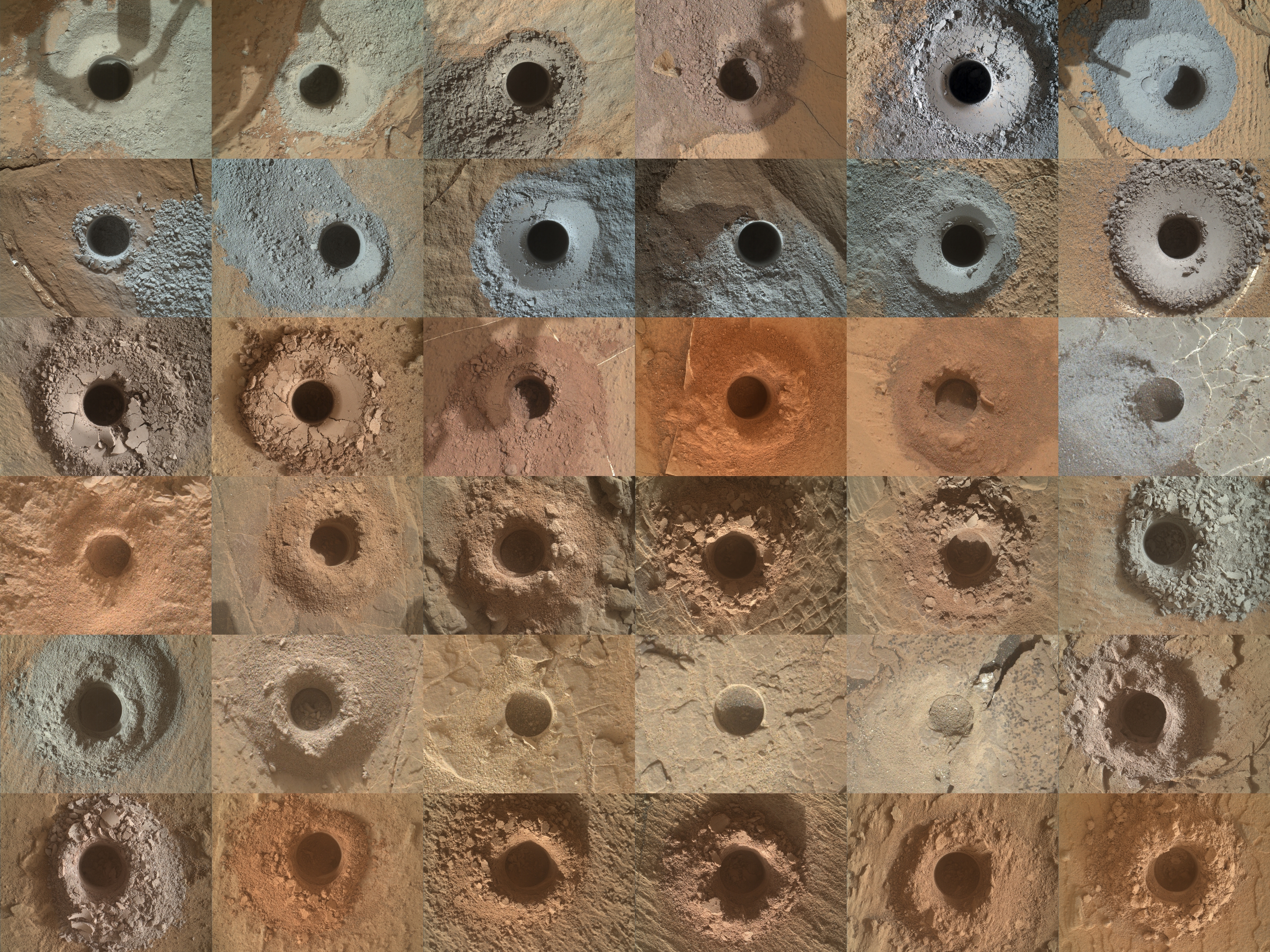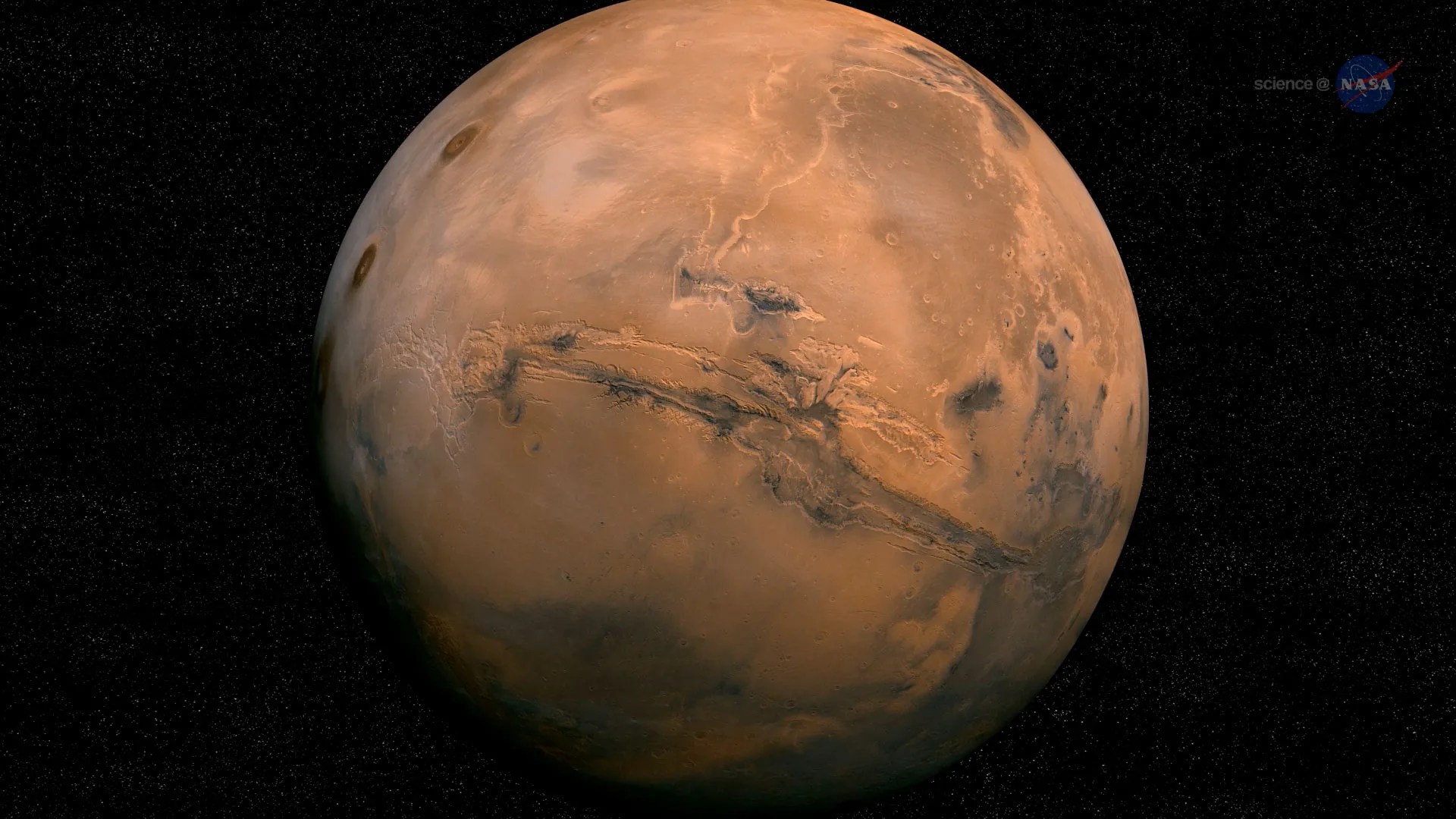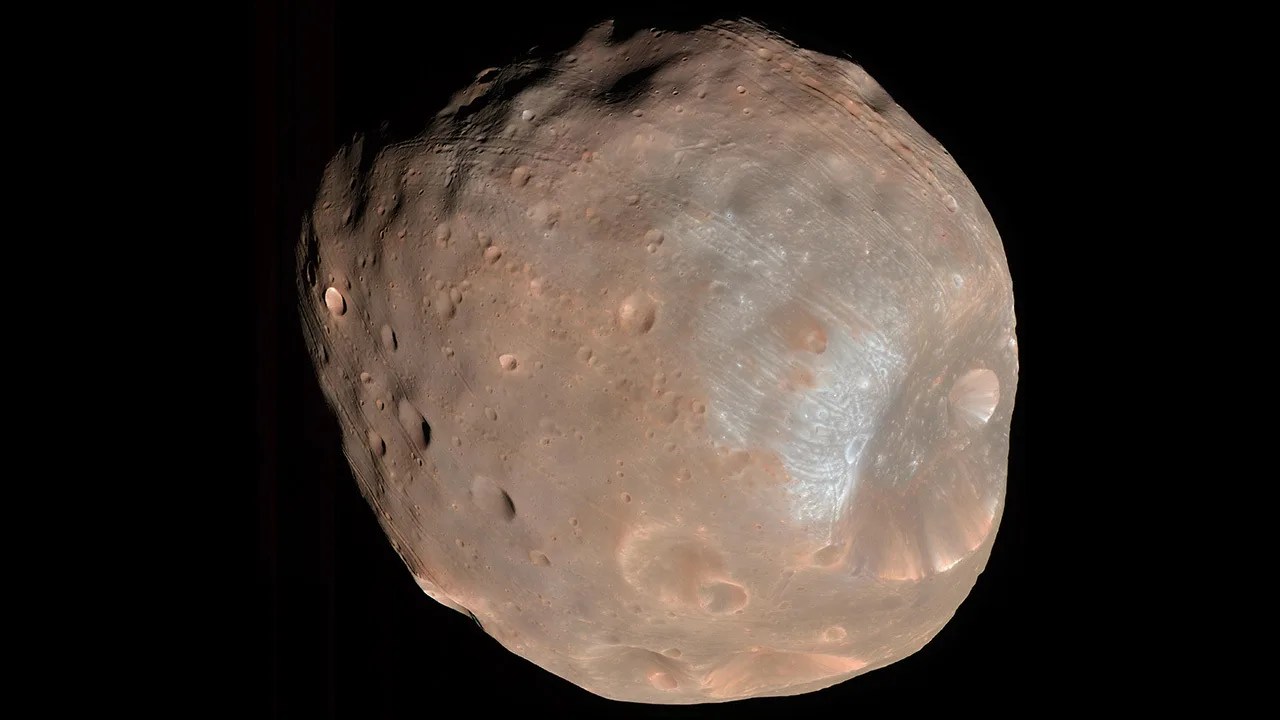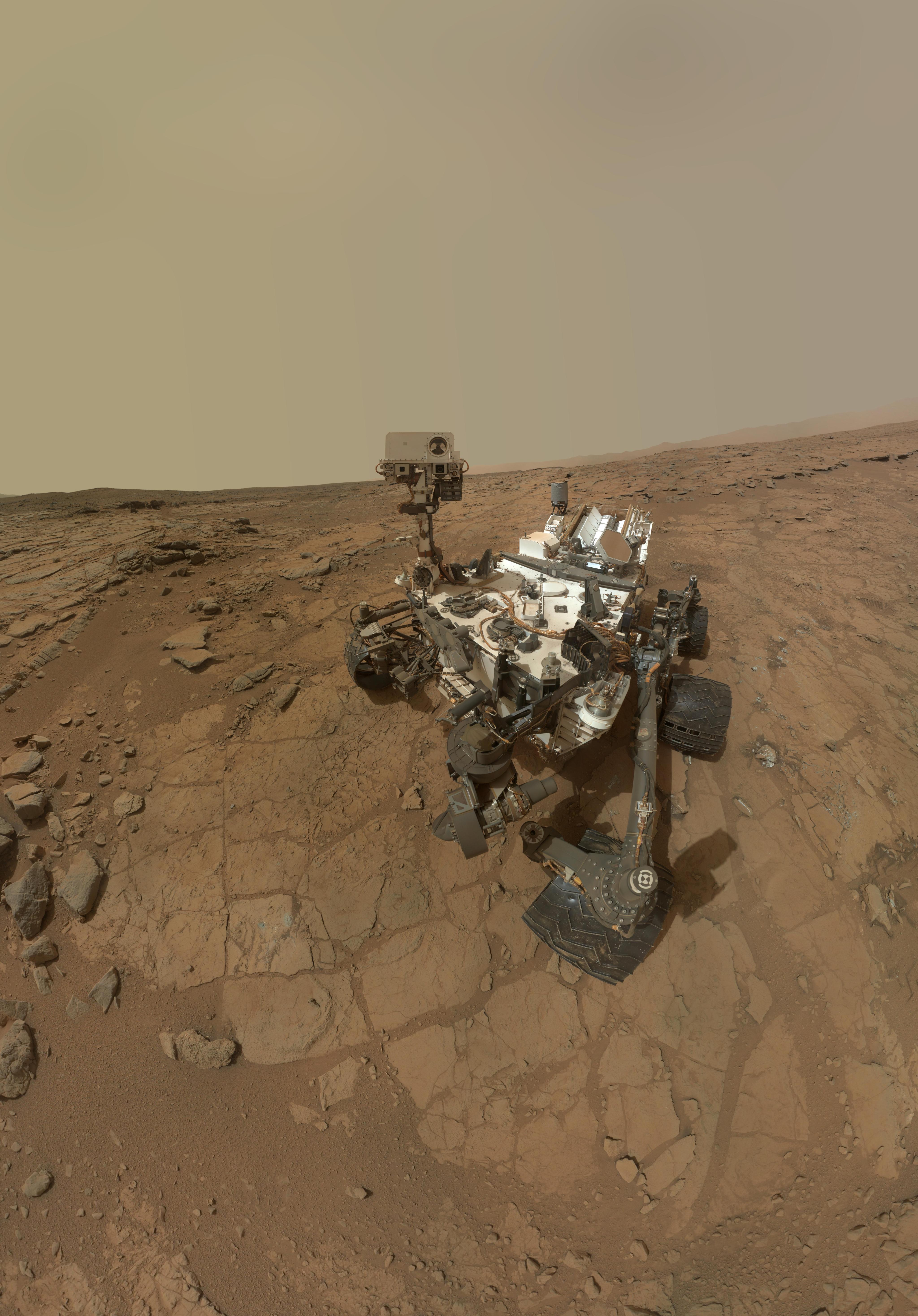Mars Sample Return Science
The Mars Science Laboratory campaign builds on more than a dozen previous NASA and international missions that have been gradually helping scientists answer major questions about the past history of Mars and its possible habitability.
Mars Sample Return (MSR), a joint campaign being planned by NASA and the European Space Agency (ESA), incorporates and choreographs multiple missions and components, with the goal of bringing Mars rock, loose surface material, and gas samples to Earth for detailed laboratory analysis. This campaign builds on more than a dozen previous NASA and international missions that have been gradually helping scientists answer major questions about the past history of Mars and its possible habitability.
Bringing Mars samples to Earth would be an invaluable step in this process and could even help inform us about the development of life here on Earth. The MSR Campaign will also enable scientists to address numerous other questions about the geologic history and evolution of Mars, our solar system and plan for human explorers.
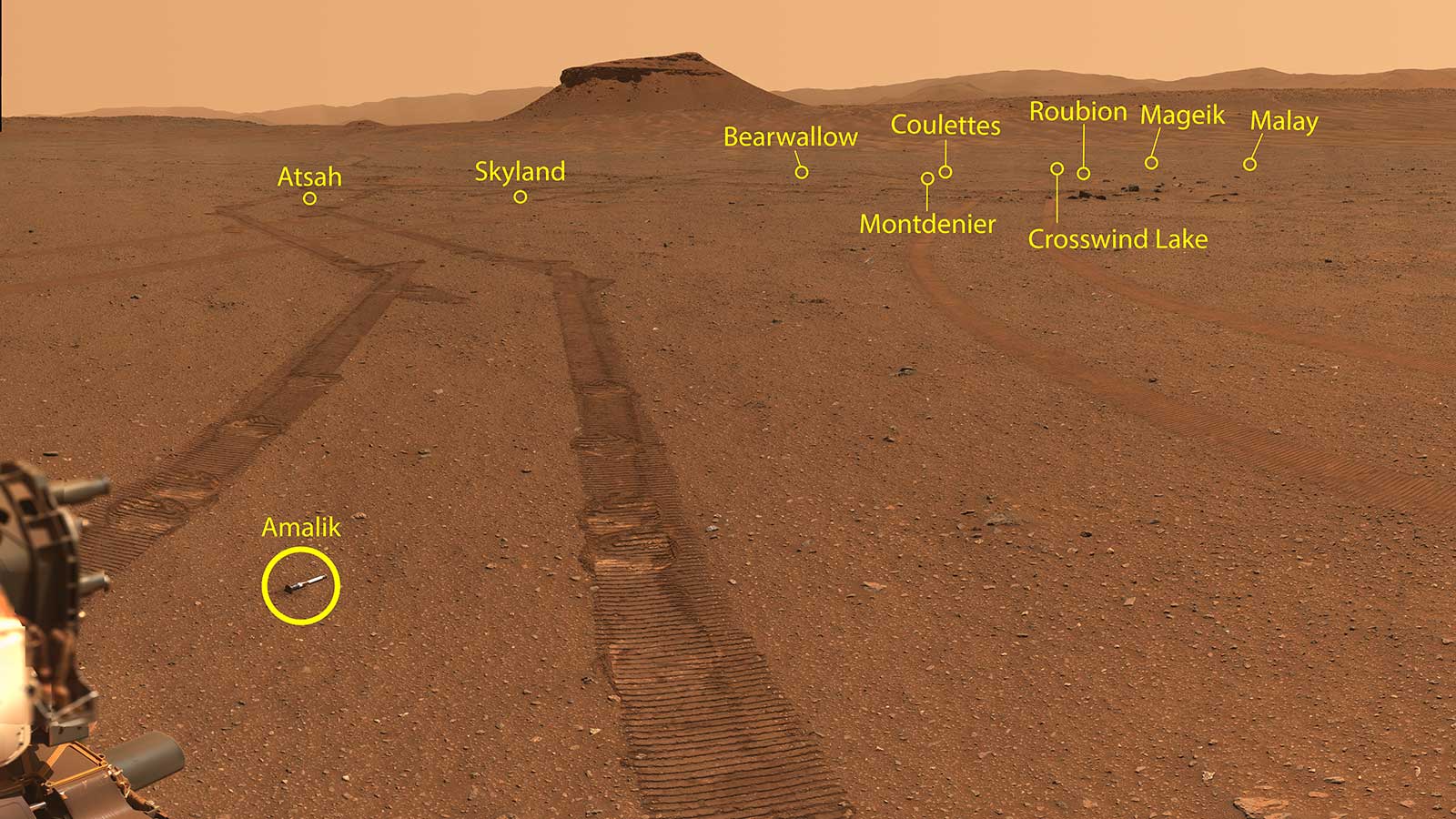
Science Objectives
- Protect the Precious Cargo: Preserve the integrity of the samples by minimizing exposure to high temperatures and magnetic fields, maintaining mechanical integrity, and avoiding potential contamination.
- Geology: Reconstruct the formation and alteration history of the returned samples to transform our understanding of the geological processes and environments of Mars.
- Astrobiology: Determine the potential astrobiological significance of the Martian geological record represented by the samples, including whether the samples contain evidence of past life on Mars.
- Planetary Processes: Provide new insights into planetary-scale formation and evolution in the inner solar system.
- Prepare for Humans on Mars: dentify and characterize potential risks and opportunities for future human missions.
Key Steps
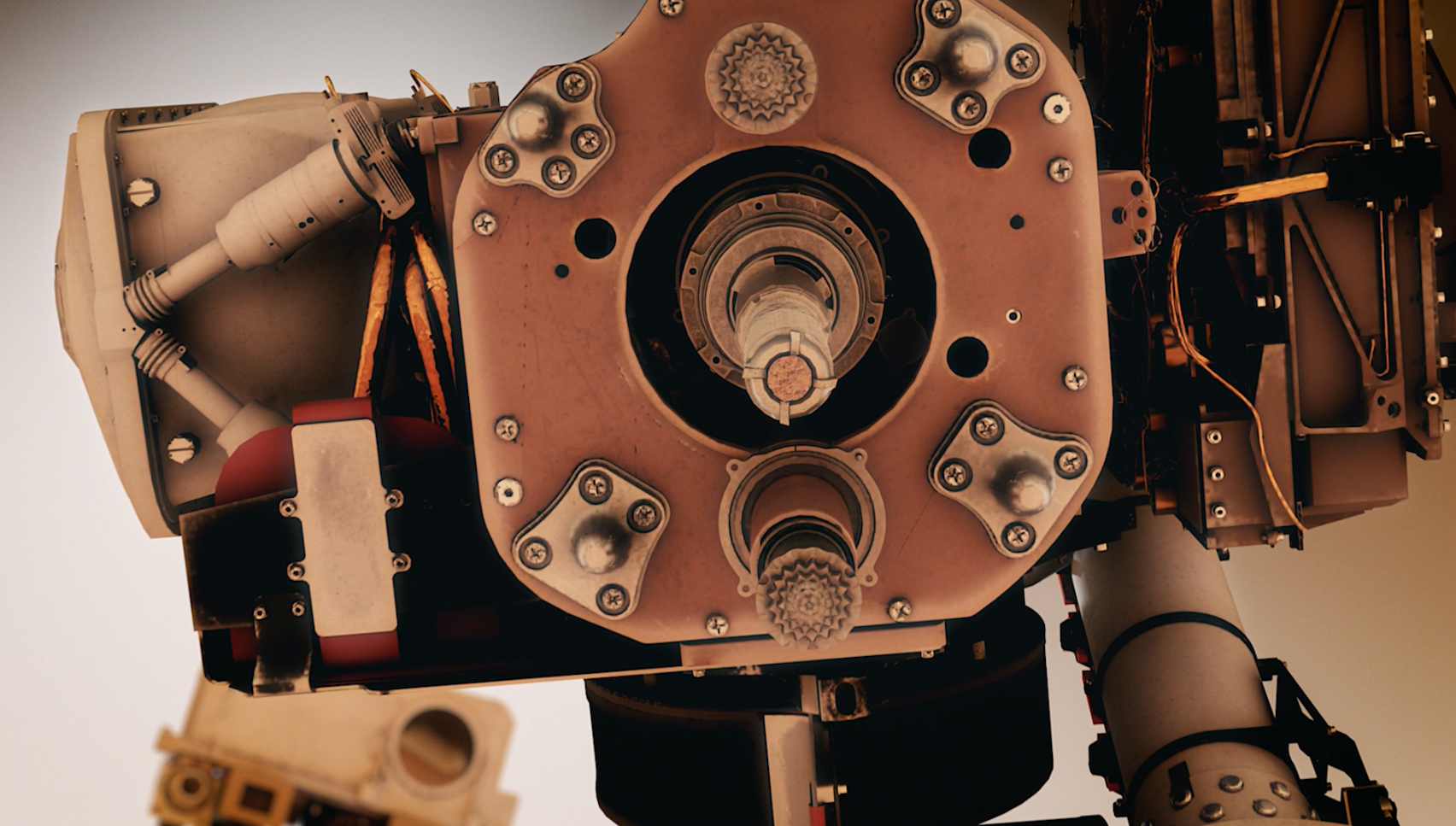 01
01Find, collect, and store on Mars compelling samples of rock, regolith (loose surface material), and the Martian atmosphere.
Caption: Illustration of the Mars Perseverance rover’s sampling equipment which uses a drill to core samples of rock and soil from the surface of Mars. Credits: NASA/ESA/JPL-Caltech/GSFC/MSFC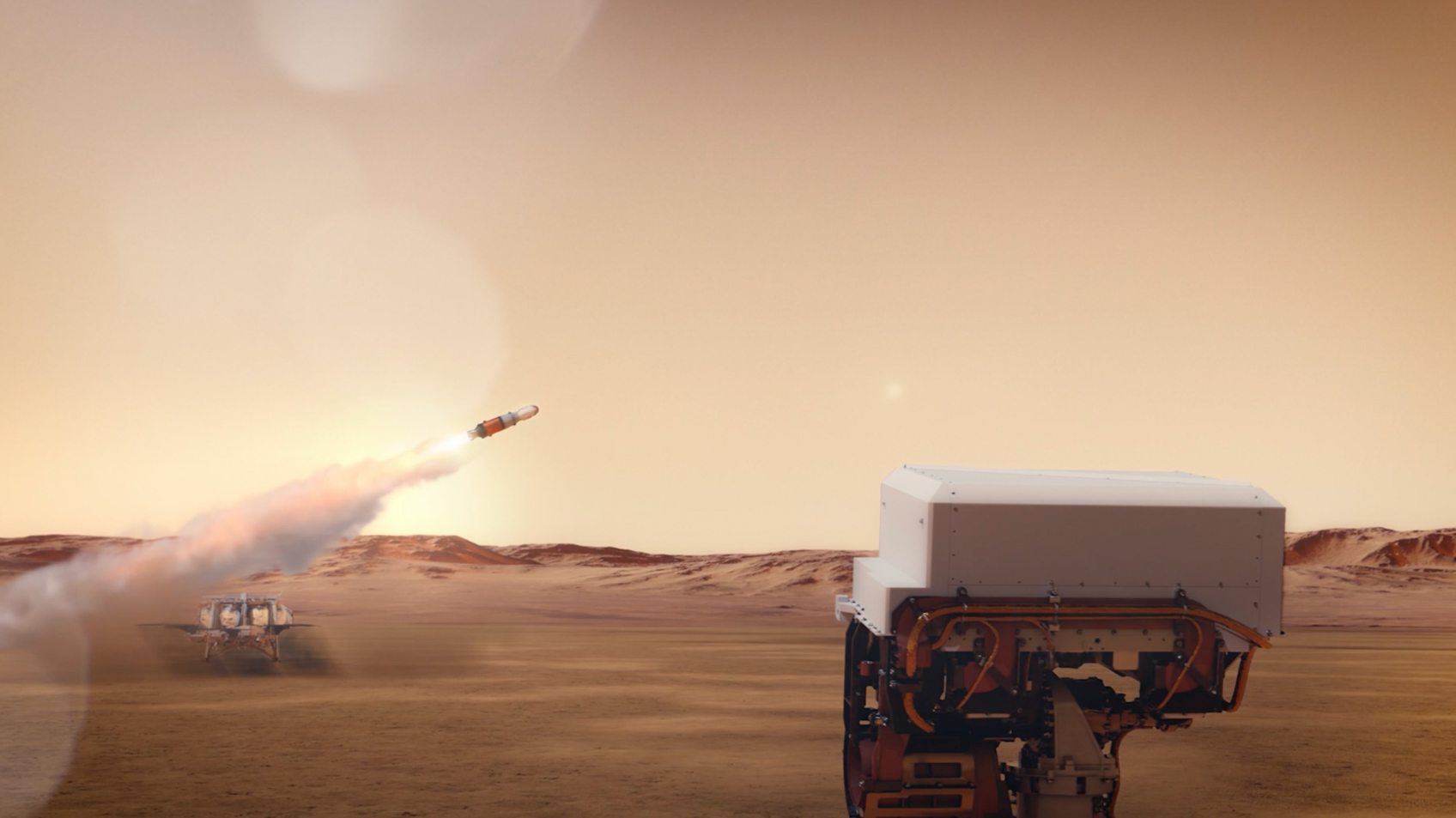 02
02Retrieve the samples from Mars and return them safely to Earth.
Caption: Illustration of the Mars Perseverance rover watching the Mars Ascent Vehicle launch off the surface of Mars from the Sample Retriever Lander as part of the Mars Sample Return campaign. Credits: NASA/ESA/JPL-Caltech/GSFC/MSFC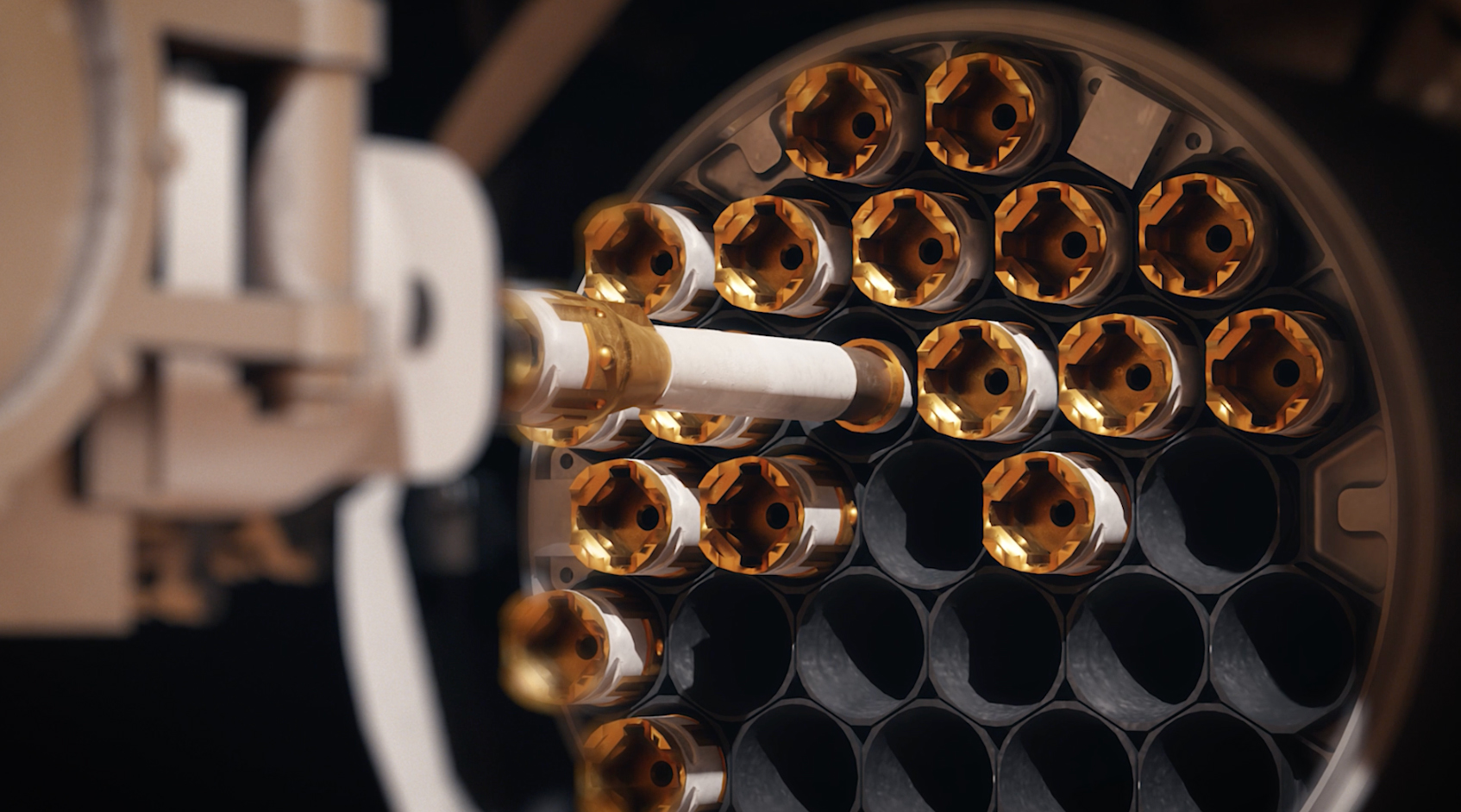 03
03Make the samples available to scientists around the world for detailed study in highly sophisticated laboratories, so they can analyze and preserve them for future generations to study.
Caption: Illustration of the sample tubes collected by the Mars Perseverance rover, being transferred by a Sample Transfer Arm provided by ESA (European Space Agency) into the Orbiting Sample container on Mars Ascent Vehicle as part of the Mars Sample Return campaign. Credits: NASA/ESA/JPL-Caltech/GSFC/MSFC
Bringing Mars Science to Earth
The first step in Mars Sample Return began with NASA's Perseverance rover, which has been collecting and caching samples on Mars since landing on the Red Planet on Feb. 18, 2021. When other NASA and ESA missions arrive at Mars, the samples would be transferred and stowed safely for transport to Earth by an orbiter. Once on Earth, they would undergo sophisticated, detailed analysis in laboratories, to look for indications of past life.
Join the Mars Sample Return Community
By signing up to become an MSR Science Community Member, you will receive: (1) the latest email updates on MSR science; (2) information on MSR science community engagement events and activities (including upcoming workshops, conference sessions and town halls); and (3) calls for competitive opportunities (including planning and preparation for MSR science and analysis of returned samples).
Join the Community